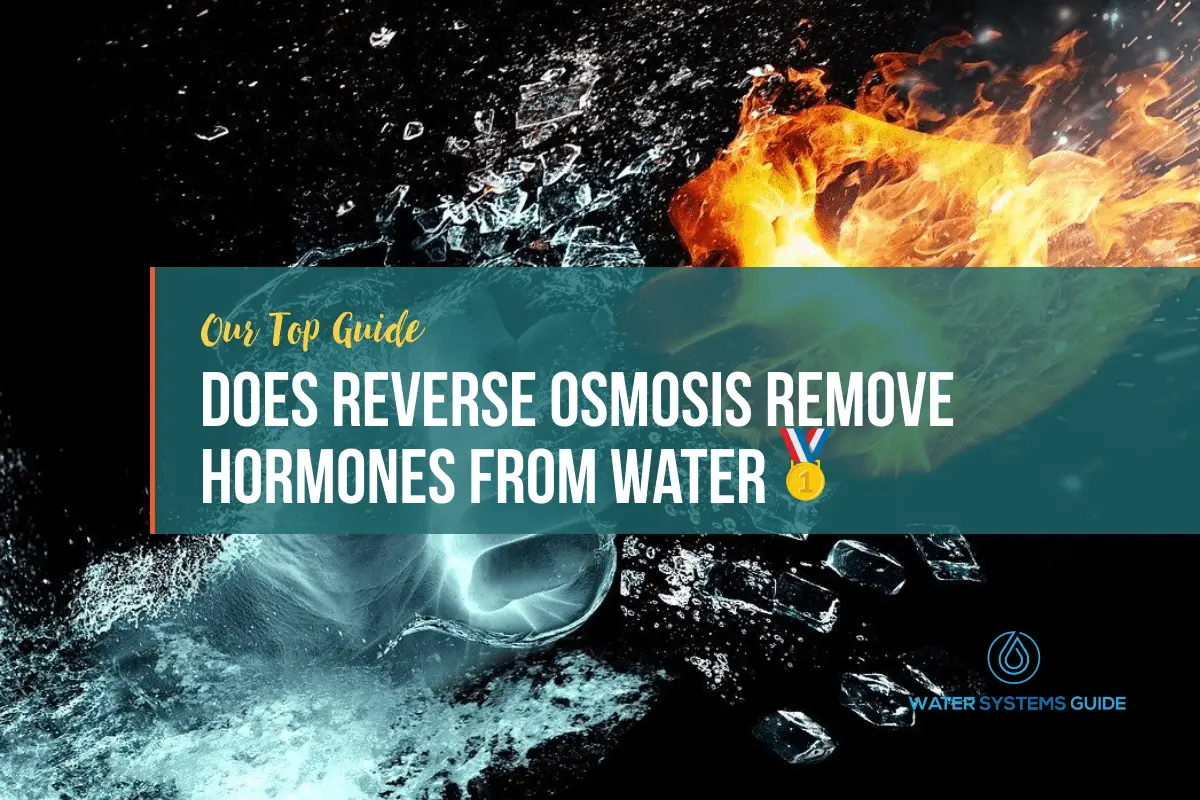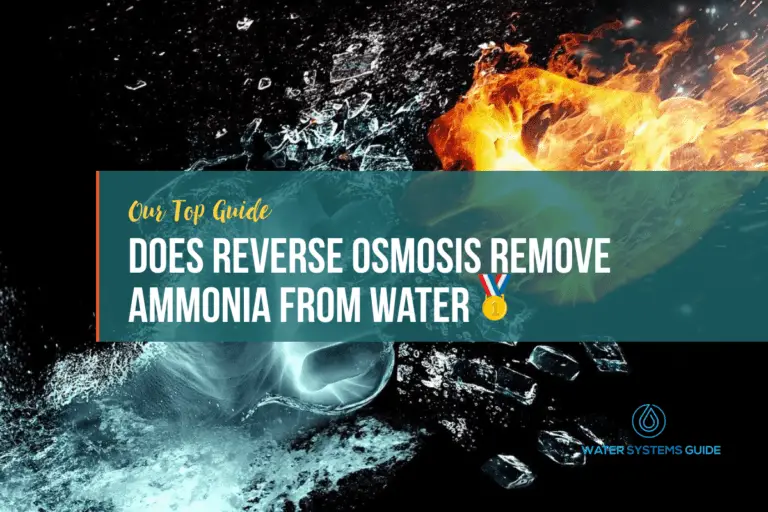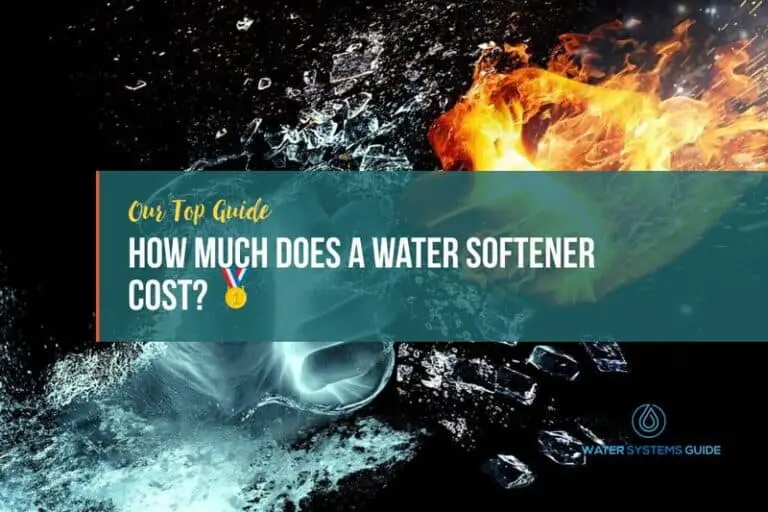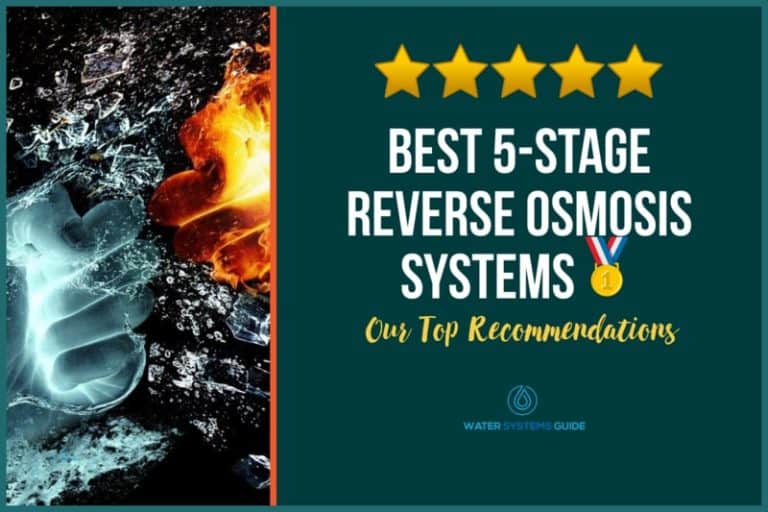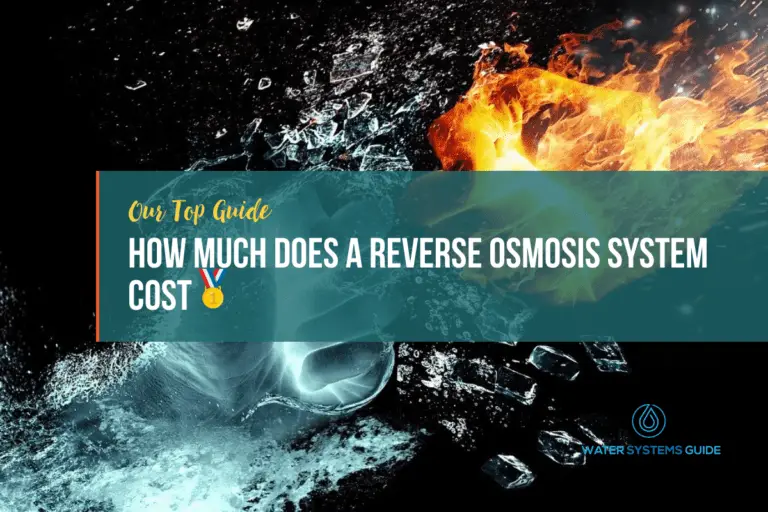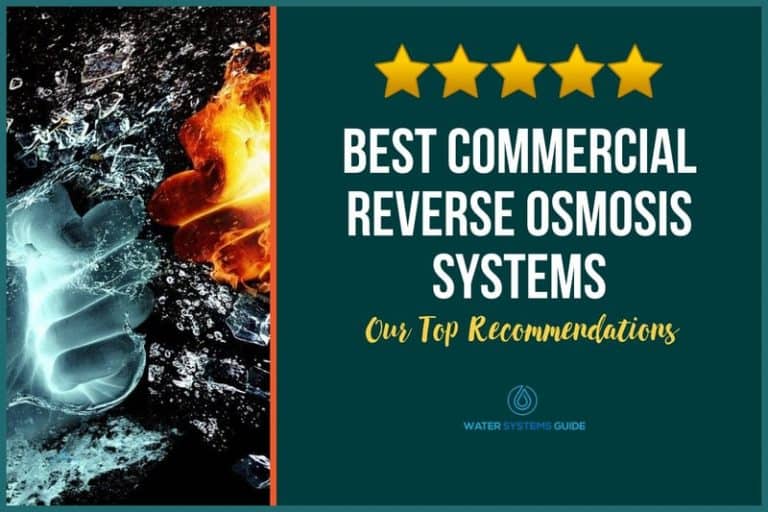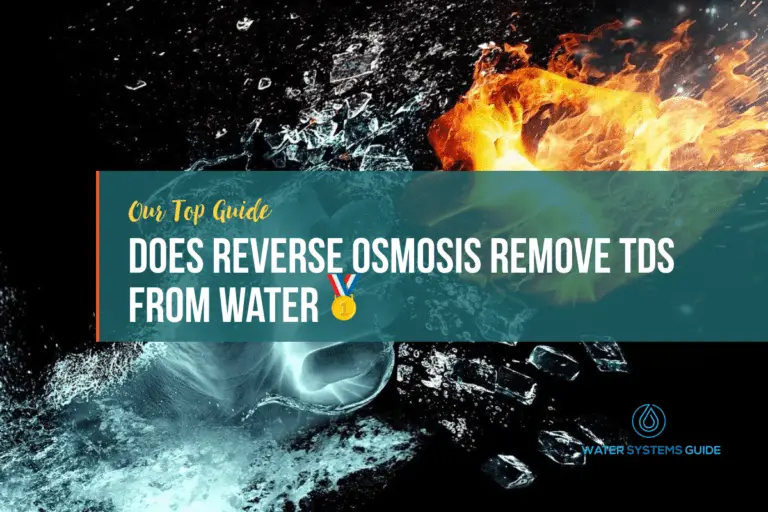Does Reverse Osmosis Remove Hormones From Drinking Water
In this article we’re going to be talking about whether RO is effective at removing hormones from water.
What Exactly Are Hormones
Hormones are basically chemical messengers that help to regulate various bodily processes. They are produced by the endocrine glands and released into the bloodstream, where they travel to different parts of the body and bind to specific receptors on target cells. This binding triggers a response within the target cell, which then helps to regulate the particular process that the hormone is responsible for.
- Estrogen
- Progesterone
- Testosterone
- Insulin
- Cortisol
- Growth Hormone
- Adrenaline
- Thyroid Hormones
How Can Hormones Get Into Our Water Supplies?
Hormones are endocrine disruptors that can potentially get into our water supplies through various sources, such as agricultural and industrial runoff, sewage effluent, and wastewater treatment plant discharge. Once in the environment, hormones can persist for long periods of time and accumulate in aquatic organisms. Furthermore, hormones can be transported long distances through rivers and streams and eventually contaminate drinking water sources. As a result, it is important to monitor hormone levels in our water supplies and take steps to reduce potential sources of contamination.
Does RO Remove Hormones from Drinking Water?
There is no clear answer as to whether or not RO (reverse osmosis) removes hormones from drinking water. Some studies seem to suggest that it does, while others are inconclusive.
In general, RO is effective at removing a variety of contaminants from water, so it is possible that it could remove hormones as well.
If you are concerned about hormones in your drinking water, you may want to consult with a water treatment specialist to see if RO is right for you.
With that being said, the more filter stages that a RO system has, the more likely it is to filter out a wider range of contaminants in the water supply.
But be aware that not all RO systems are made equally, which is why we’ve featured a list of recommended systems at the bottom of this article.
How to test your water supply for hormones
If you’re concerned about hormone levels in your water supply, you can contact your local water supplier to request a water quality test.
This test will look for the presence of different hormones and other contaminants in your water. If any are found, you will be advised to take appropriate precautions to protect yourself and your family from long-term exposure. Especially since long-term hormone over-consumption of estrogen/testosterone by males & females respectively is not good for the body.
Once you have the results of your water test, you can compare them to Environmental Protection Agency (EPA) standards to see if there is cause for concern.
Alternatively, you can hire a professional, who will take care of the entire process, as well as advise you about whether water treatment is necessary.
What else does reverse osmosis remove from water?
Alternative Methods Of Removing Hormones From Water
According to a study completed in the NLOM, Granular Activated Carbon (GAC) filters are extremely effective at removing hormones such as estrogen, and other steroid hormones from water.

